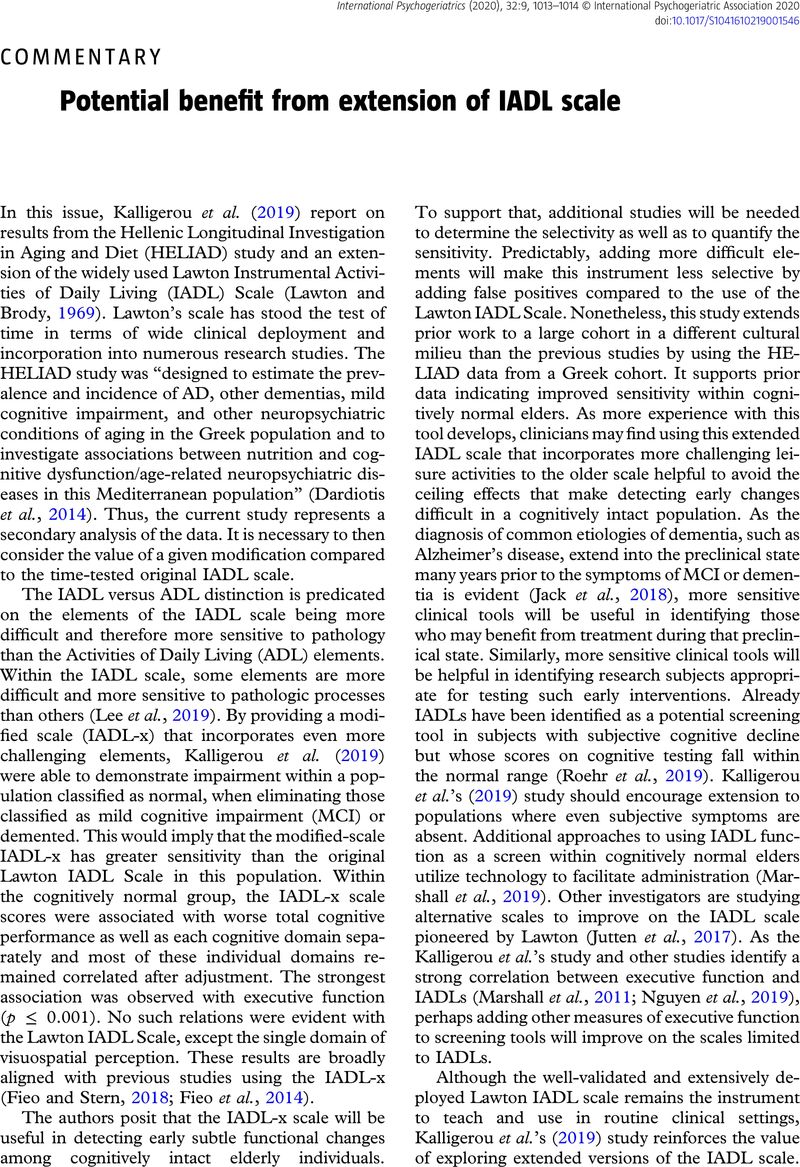Crossref Citations
This article has been cited by the following publications. This list is generated based on data provided by Crossref.
Ramakers, Inez H.G.B.
and
Verhey, Frans R.J.
2022.
Screening for neuropsychological assessment in the diagnostics of neurocognitive disorder.
International Psychogeriatrics,
Vol. 34,
Issue. 6,
p.
519.



